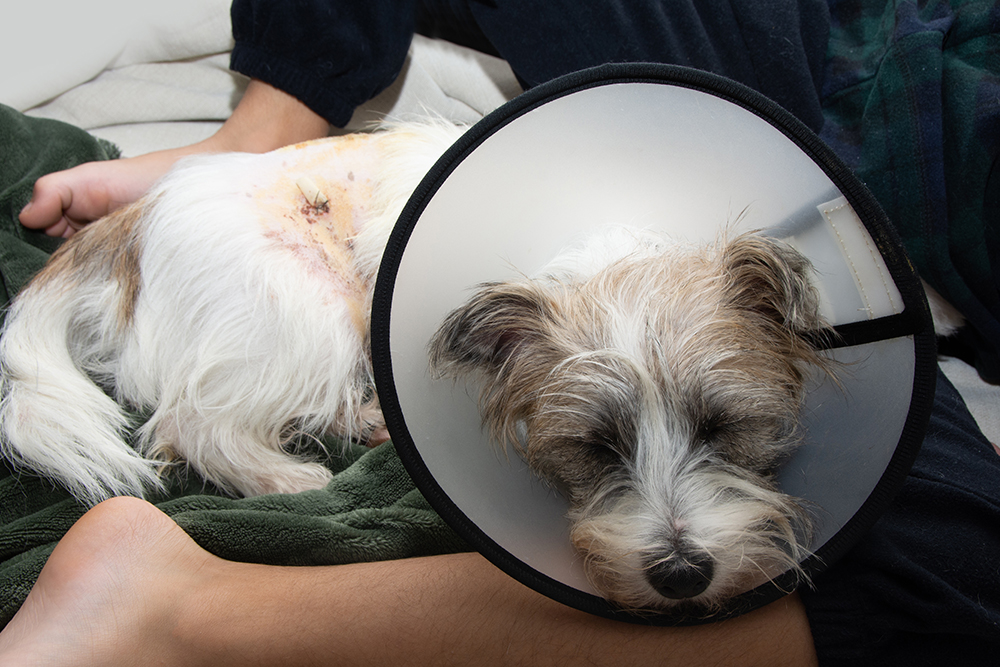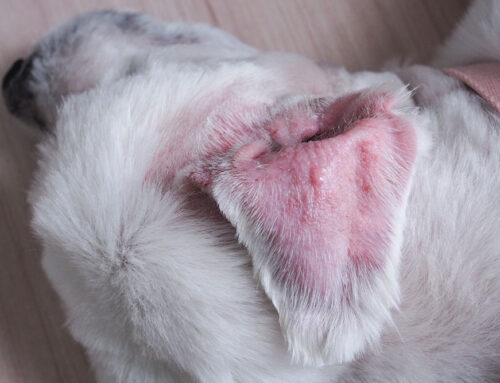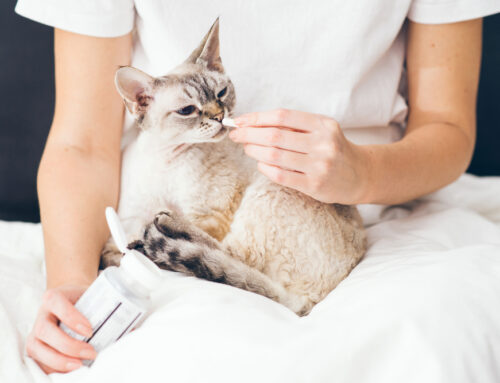Bite Wounds in Pets: Why Quick Treatment is Critical
At Valley Center Veterinary Clinic, we know that discovering a bite wound on your pet can be both alarming and concerning. Whether your pet found themselves in a tussle with the neighbor’s dog or a squabble with a local stray, understanding the implications of a bite wound is crucial. In this guide, we’ll walk you through why timely intervention is vital and what you can do to help your beloved pet.
What are Bite Wounds?
Bite wounds occur when one animal uses its teeth to puncture or tear the skin of another. These wounds can range from puncture wounds, which may appear small on the surface but can be deep, to lacerations and abrasions, which are more superficial but can spread bacteria. Even seemingly minor wounds can hide significant underlying damage, such as crush injuries where the skin remains intact but muscles, nerves, or blood vessels are affected.
Who’s Biting Whom? Common Causes of Bite Wounds
Bite wounds most commonly result from interactions with other animals. Among pets, dogs are frequent offenders, with various factors like aggression, territoriality, and playfulness contributing to these incidents. Cats, on the other hand, are often involved in territorial disputes leading to fights. Beyond household pets, wildlife such as raccoons or rodents may also pose a threat, especially in regions like Valley Center where encounters with local wildlife are not uncommon.
Why Immediate Veterinary Attention is Crucial
Bite wounds are notorious for the “iceberg effect”—the damage under the surface may be more extensive than what is visible. Immediate veterinary care is vital because:
- Infection risk: Bite wounds easily introduce bacteria deep into tissues, leading to abscesses or systemic infections.
- Tissue damage: Injuries that affect muscles, nerves, or blood vessels can lead to lasting complications.
- Zoonotic diseases: Some bites can transmit diseases like rabies, posing risks to humans and other animals. If left untreated, even minor-seeming wounds can escalate to severe complications.
Recognizing the Symptoms of Bite Wounds in Pets
Monitoring your pet for both obvious and subtle signs of bite wounds is essential:
- Obvious signs: Bleeding, swelling, and open wounds are clear indicators.
- Subtle signs: Limping, excessive licking of a particular area, or behavioral changes such as increased anxiety or aggression.
- Hidden wounds: Especially in long-haired pets, puncture wounds may be concealed beneath the fur. Despite their best efforts to mask pain, animals may exhibit discomfort through changes in posture, appetite, or energy levels.
How Bite Wounds Progress Without Treatment
Without appropriate care, even innocuous-seeming bite wounds can lead to:
- Infection progression: A local infection can quickly evolve into sepsis, a life-threatening condition.
- Abscess formation: As the body attempts to isolate the bacteria, painful swellings can develop and eventually rupture.
- Tissue necrosis: Untreated infections can cause cell death, necessitating surgical intervention to remove dead tissue. Addressing these wounds promptly helps prevent chronic pain and behavior changes in your pet.
Diagnosing Bite Wounds: What to Expect at the Vet
When you bring your pet to us, we will conduct a comprehensive evaluation to assess the severity of the wound:
- Physical exam: A thorough examination of the wound and your pet’s overall health.
- Wound exploration: Probing the wound to determine depth and check for foreign material.
- Diagnostic tests: Depending on severity, we may perform cytology, culture and sensitivity tests, or imaging like radiographs. Our diagnostics services are designed to ensure we understand the full scope of the injury and tailor our treatment effectively.
Treatment Options for Bite Wounds
Treatment is tailored to the severity of the wound and may include:
- First aid: Initial home care includes cleaning the wound gently with water, but avoid applying over-the-counter ointments without veterinary guidance.
- Professional cleaning: At the clinic, we clean and disinfect wounds thoroughly to prevent infection.
- Antibiotics and pain management: Prescribed based on the type of bacteria involved and the level of discomfort your pet is experiencing.
- Surgical intervention: Severe cases may require surgery for debridement or wound closure.
- Rehabilitation therapies: Including cold laser therapy to promote healing and reduce pain. Ensuring a swift recovery is our priority, and we work closely with you to support your pet’s healing process.
Daily Life Impact: Living with a Pet Recovering from a Bite Wound
Caring for a pet after a bite wound involves more than just medical treatment; it includes practical and emotional support:
- Medication management: Administering antibiotics and pain relief as prescribed.
- Wound care: Keeping the area clean and monitoring for signs of infection.
- Behavioral changes: Pets may become more anxious or aggressive following an incident and may benefit from behavior modification techniques. These incidents can also affect the household, introducing stress and necessitating adjustments, particularly if there are other pets at home.

Preventions Tips: Reducing the Risk of Bite Wounds
While not all incidents are preventable, some steps can help reduce risks:
- Leash laws and fencing: Keeping pets under control in public and ensuring your yard is secure.
- Socialization: Encouraging positive interactions with other animals to reduce aggression.
- Training: Basic commands can help manage your pet in potentially aggressive situations. According to the AKC, understanding your pet’s body language and potential stressors can also aid in prevention.
Here to Help
At Valley Center Veterinary Clinic, we understand the worry that comes with seeing your pet in distress. Our team is here to provide thorough care and support for you and your pet through every step of their recovery. If you have concerns about a bite wound or need guidance on your pet’s health, please contact us or book an appointment. We’re committed to supporting you with compassion and expertise, ensuring your pet returns to their happy and healthy self as soon as possible.







Leave A Comment